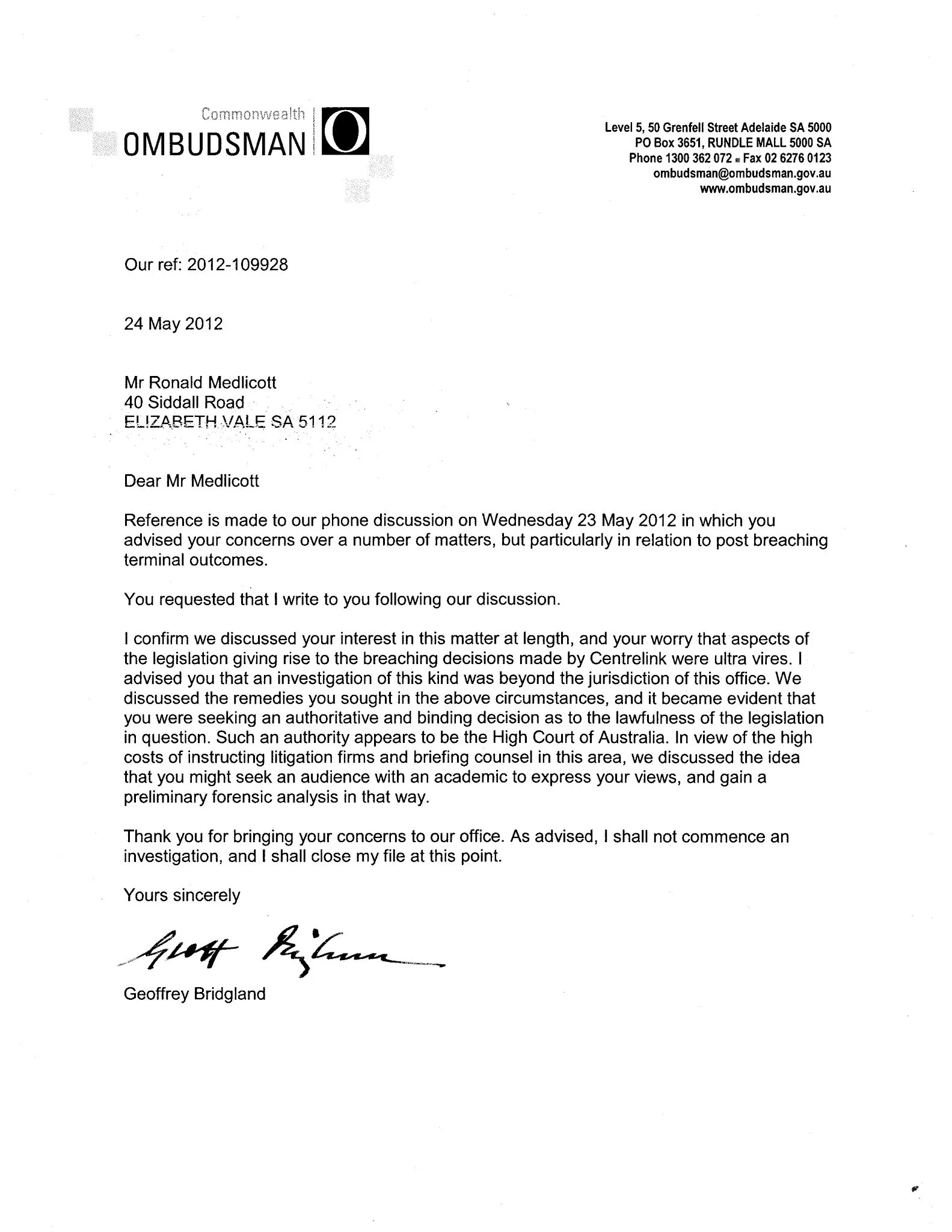Cover Letter Address Unknown Top 5 Tips
Writing a cover letter is a crucial step in the job application process. It’s your chance to make a strong first impression and highlight why you’re the perfect fit for the role. But what happens when you don’t know who to address your cover letter to? Addressing a cover letter to an unknown recipient can feel like navigating uncharted territory. However, with a strategic approach, you can still create a compelling cover letter that captures the hiring manager’s attention. This guide provides five essential tips for addressing your cover letter when the recipient is unknown, ensuring your application stands out from the crowd. We’ll cover everything from researching the company to structuring your letter for maximum impact, helping you make a positive impression even without a specific name.
Researching the Hiring Manager
The first step in addressing your cover letter correctly is to identify the hiring manager. This requires a bit of detective work, but it’s well worth the effort. Addressing your letter to a specific person demonstrates initiative and attention to detail, which can significantly improve your chances of landing an interview. There are several resources available to help you uncover the hiring manager’s name, and we’ll delve into the most effective methods below. Remember, the goal is to personalize your application as much as possible, and knowing the hiring manager’s name is a crucial part of that.
Utilizing LinkedIn for Research
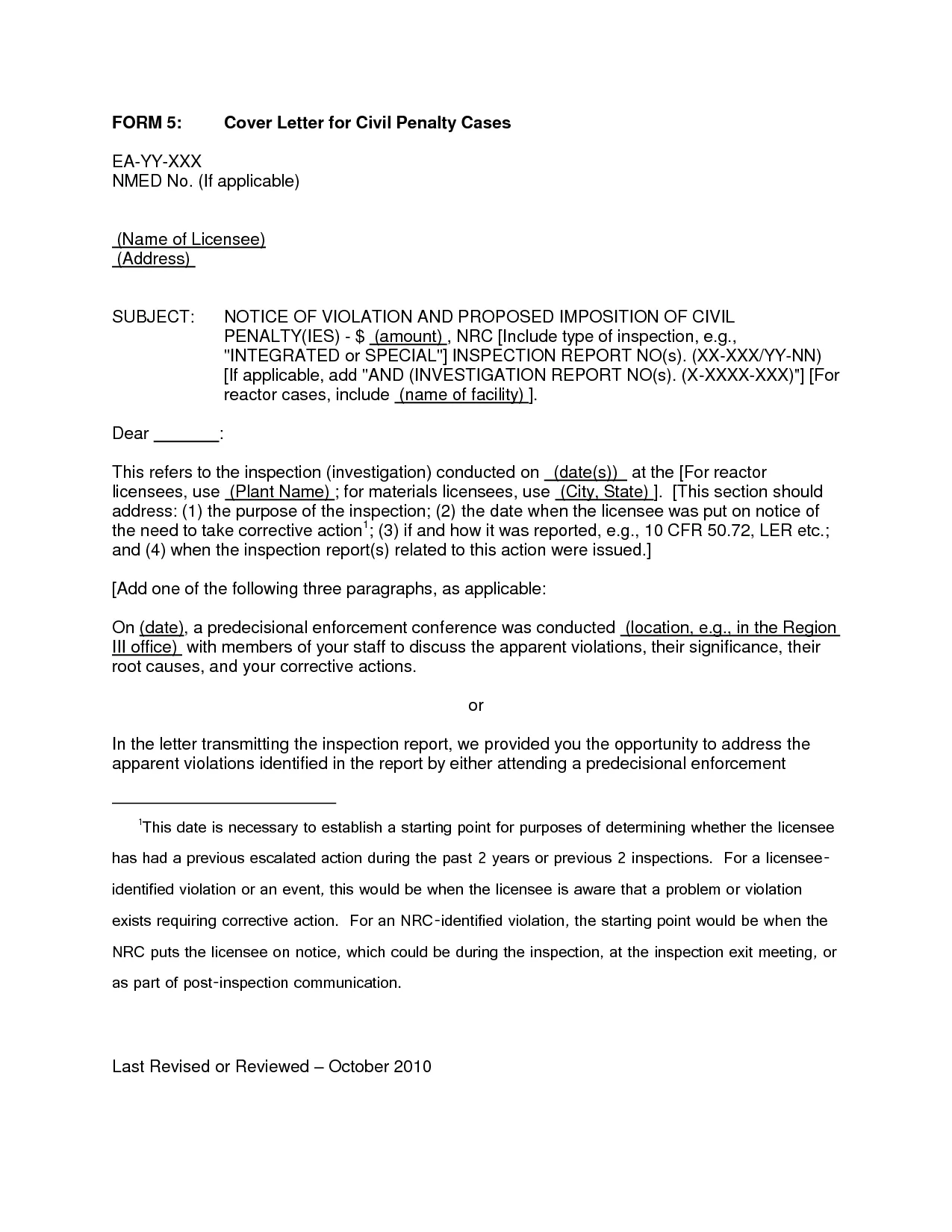
LinkedIn is an invaluable tool for job seekers, especially when trying to find the hiring manager’s name. Start by searching for the company you are applying to on LinkedIn. Look for the “People” section, which allows you to filter your search by job title or keywords like “hiring manager,” “recruiter,” or the specific job title you’re applying for. Once you find potential candidates, review their profiles to confirm their role and responsibilities. If you’re still unsure, consider sending a brief, polite message asking if they are involved in the hiring process for the position. Personalizing your cover letter with the hiring manager’s name shows that you have done your research and are genuinely interested in the role.
Company Website Investigation
Often, the company website holds the key to identifying the hiring manager. Visit the “About Us” or “Team” pages to find the names and titles of key personnel. Look for individuals in the department related to the job you are applying for. Check the “Careers” or “Join Us” sections, as they sometimes list the contact person for specific job openings. Another effective strategy is to examine past job postings on the company website, which may include the name of the hiring manager or the contact person. If the job posting has a contact email, it may be linked to the hiring manager. Thoroughly exploring the company’s website will give you a good chance of finding the right name to address your cover letter.
Contacting the HR Department
If your online research yields no results, don’t hesitate to reach out to the Human Resources (HR) department. Contacting HR directly can be a simple yet effective way to get the information you need. You can usually find the HR department’s contact information on the company’s website. Send a brief email expressing your interest in the position and politely asking for the hiring manager’s name. Keep your email concise and professional, and be sure to mention the job title you are applying for. HR departments are often happy to provide this information, as it helps ensure that your application reaches the right person. This shows initiative and a proactive approach to your job search.
Using General Salutations
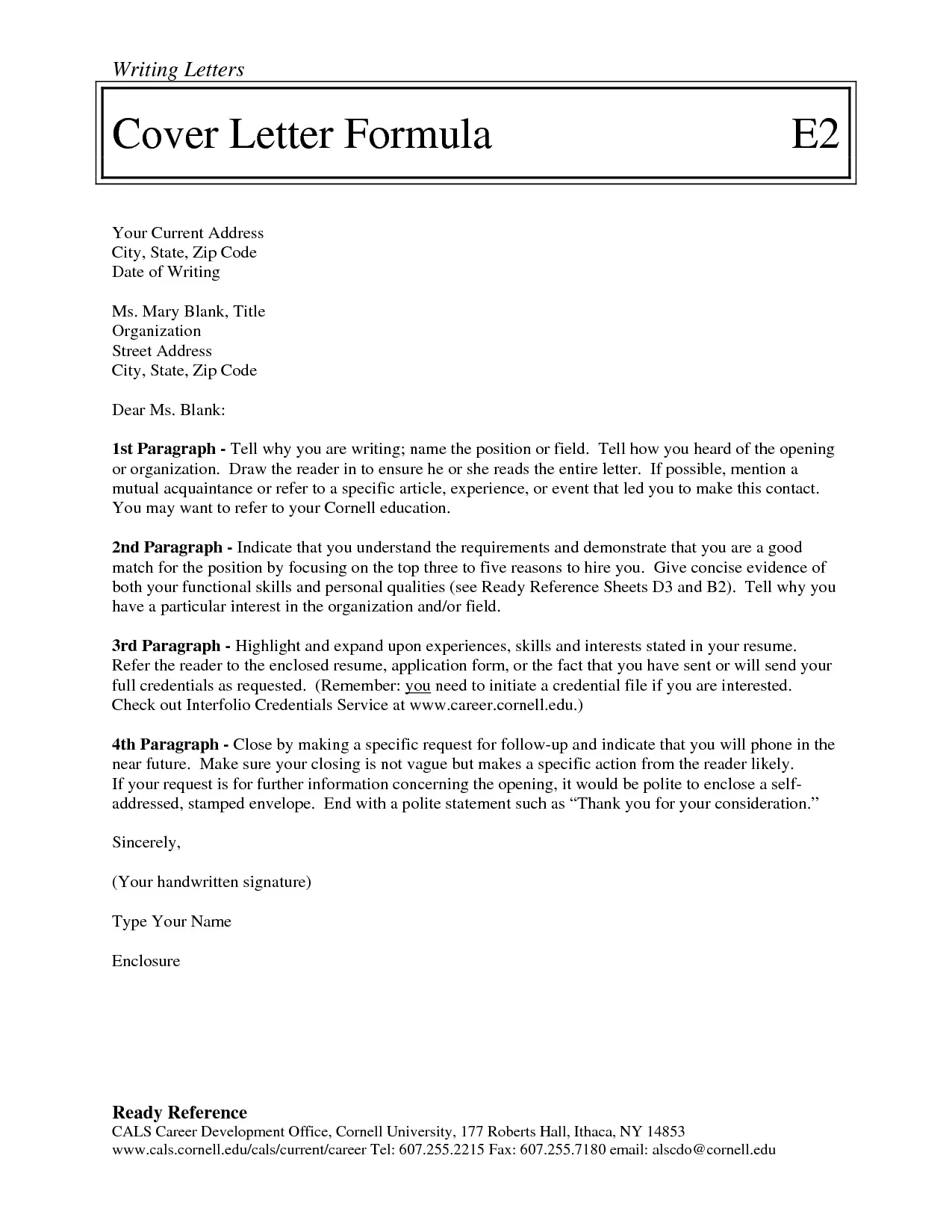
If your research is unsuccessful, it’s acceptable to use a general salutation. While it’s always preferable to address the cover letter to a specific person, a well-crafted general salutation is better than no salutation at all. It shows that you are aware of the importance of addressing the cover letter appropriately. However, be mindful of the options available and choose the one that best suits the situation. Avoid using generic greetings that may come across as impersonal or outdated.
Addressing to the Hiring Manager
If you cannot find a specific name, use “Dear Hiring Manager.” This is a professional and widely accepted salutation that indicates you’ve made an effort to identify the appropriate person. It demonstrates respect for the hiring process. Ensure your cover letter clearly explains why you are interested in the role and the company. Use this general greeting with confidence, demonstrating that you are taking your application seriously. It helps make a positive impression.
To Whom It May Concern
While “To Whom It May Concern” is a viable option, it’s less personal and can feel generic. It’s best used only if you’ve exhausted all other options for finding the hiring manager’s name. If you must use this salutation, be sure to create a compelling cover letter that highlights your skills and experience to make a strong impression. This greeting can work if your letter is strong, but it is always best to use a more specific salutation if at all possible. To make a stronger impression, follow up with a specific reference to the job or the company.
Structuring Your Cover Letter
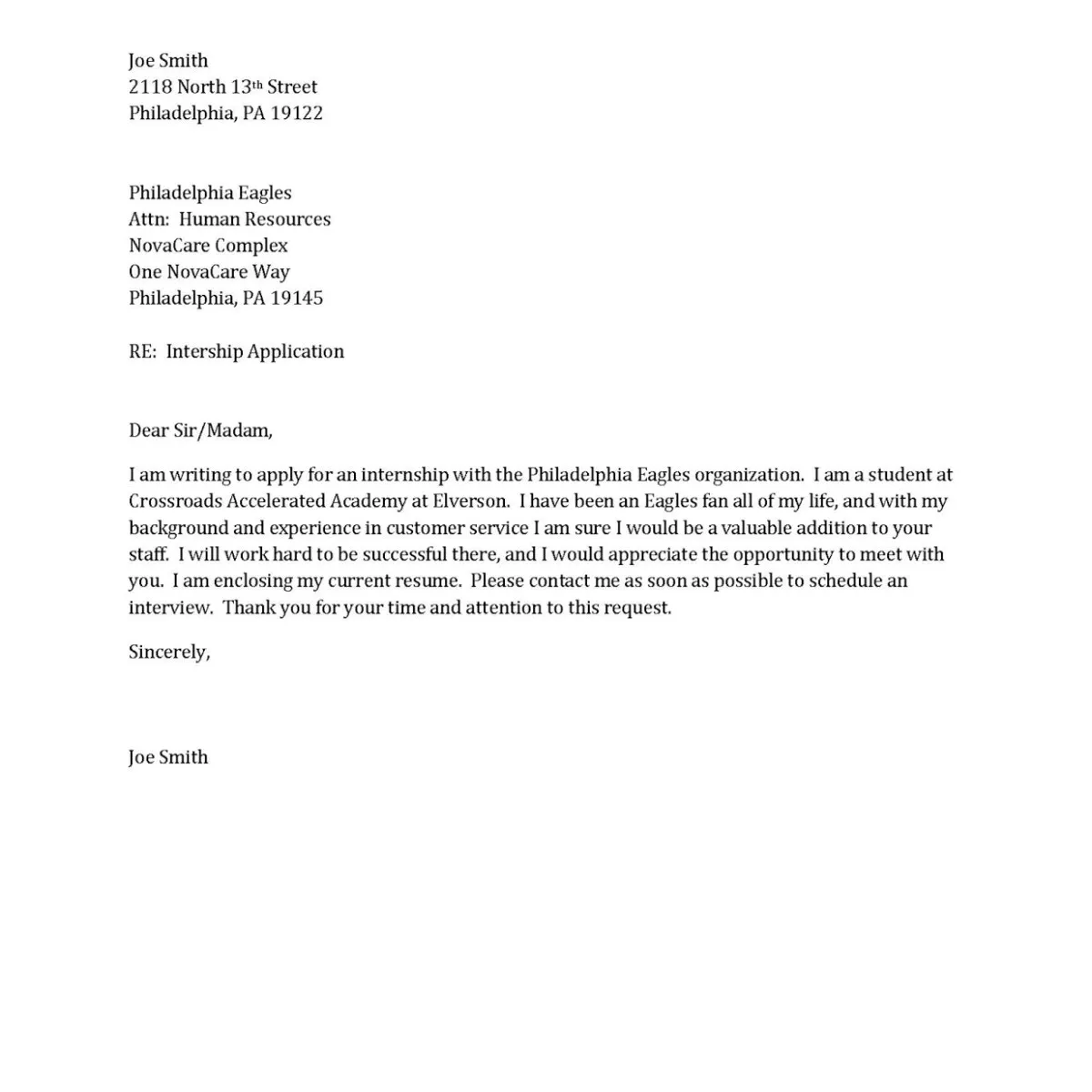
The structure of your cover letter plays a critical role in grabbing the reader’s attention. A well-organized cover letter presents your qualifications in a clear and concise manner, making it easy for the hiring manager to understand why you’re a good fit. It should have a strong introduction, body paragraphs, and a compelling conclusion. Each section of your cover letter should have a specific purpose, and your cover letter should present your strongest points. Also, use proper formatting techniques to make the letter visually appealing and readable. By organizing your cover letter effectively, you can improve your chances of success.
Highlighting Your Skills and Experience
The body of your cover letter is where you get to showcase your skills and experience. Use this space to describe your qualifications and how they align with the job requirements. Provide specific examples to demonstrate your accomplishments and explain how your skills can benefit the company. Focus on the most relevant experiences and quantifiable results that demonstrate your abilities. Customize your cover letter to emphasize the key skills and experiences. By highlighting your achievements effectively, you can capture the reader’s attention. Showcasing your relevant skills and experience can significantly improve your chances of making a positive impression on the hiring manager.
Tailoring to the Job Description
Always tailor your cover letter to match the specific job description. Carefully review the job requirements and identify the keywords and skills the employer is looking for. Then, adjust your cover letter to emphasize those aspects of your experience. Make sure you address each of the key requirements. Customize your cover letter by including relevant examples and demonstrate how your skills and experiences meet the employer’s needs. This will show the hiring manager that you’ve paid close attention to the role and are a strong fit for the position. This customization shows your dedication and increases your chances of getting noticed.
Proofreading and Editing Your Letter

Before you submit your cover letter, always proofread and edit it meticulously. Typos, grammatical errors, and formatting mistakes can damage your credibility. These errors can make you appear careless or unprofessional. Read your cover letter multiple times and ask a friend or family member to review it. Use grammar and spell-check tools. Pay close attention to the tone and clarity of your writing. Make sure your cover letter is free of errors. Thorough proofreading is an essential part of the application process.
Ensuring Professionalism
Maintain a professional tone throughout your cover letter. Use formal language and avoid slang or casual expressions. Keep the focus on your qualifications and the value you can bring to the company. Make sure that the format of your cover letter is clean and easy to read, using appropriate fonts and spacing. Avoid using excessive jargon or technical terms that the reader may not understand. Proofread your cover letter to make sure that it is error-free and shows that you are detail-oriented. By adhering to these best practices, you will showcase your professionalism and give yourself the best chance of success.
Avoiding Common Mistakes
There are several common mistakes to avoid when writing a cover letter, particularly when addressing an unknown recipient. Being aware of these pitfalls and taking steps to avoid them can significantly improve your chances of making a positive impression. This will help to prevent your application from being overlooked or discarded. By steering clear of these errors, you can increase the impact of your cover letter and demonstrate your professionalism and attention to detail.
Using the Wrong Name
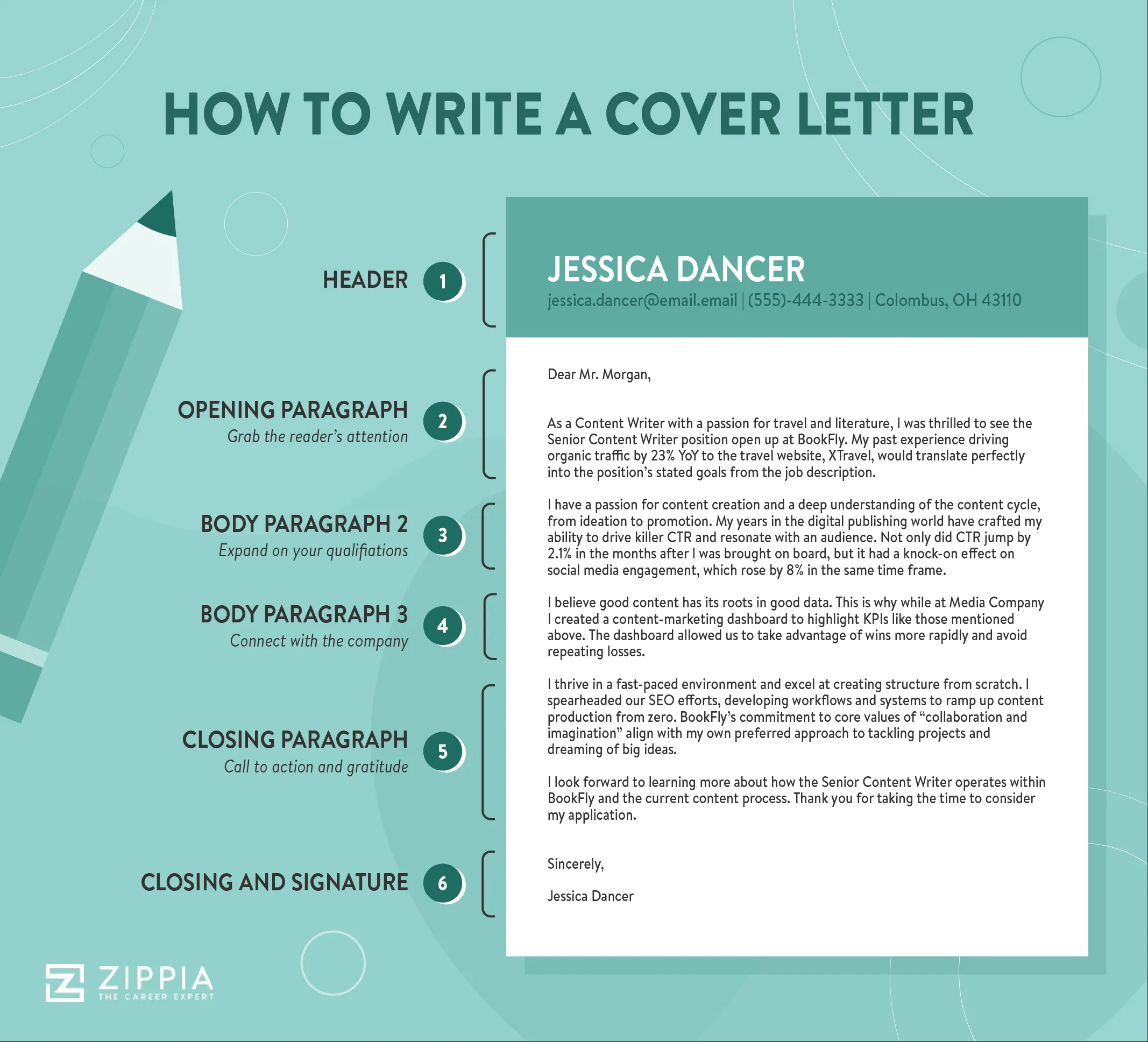
One of the most significant errors is using an incorrect name. Make sure you’ve double-checked the spelling and title of the person you’re addressing. If you’re unsure, it’s best to use a general salutation like “Dear Hiring Manager” rather than risking getting the name wrong. This shows that you are careful. Research the correct name and verify it before sending your application. Incorrect information can be embarrassing and create a negative impression. It might even give the impression you’re not detail-oriented. Always take the time to confirm the correct name before submitting your cover letter. This shows respect for the hiring process.
Generic Content
Avoid using generic content in your cover letter. Tailor your letter to the specific job and company. Generic cover letters lack impact. Make sure your letter highlights your qualifications. Show how your skills and experiences match the job requirements. Mention why you are interested in the specific role. Personalize your cover letter by addressing the company’s values. Explain your interest and demonstrate that you have researched the company. These details show the hiring manager that you are seriously interested in the position. Generic cover letters fail to capture the reader’s attention and do not showcase your interest.
Lack of Research
A lack of research is a major mistake. If you don’t know the hiring manager’s name, do some research. Failing to research the company can leave a negative impression. Not finding the hiring manager’s name can be easily overcome. You can research the company’s website or LinkedIn. The lack of research shows a lack of interest. It can also suggest a lack of initiative. Take the time to explore company information. Tailor your cover letter. Your effort will reflect your interest and commitment. Doing some research is a key step in the application process. Demonstrate your enthusiasm by showing that you have invested the time in the application.
